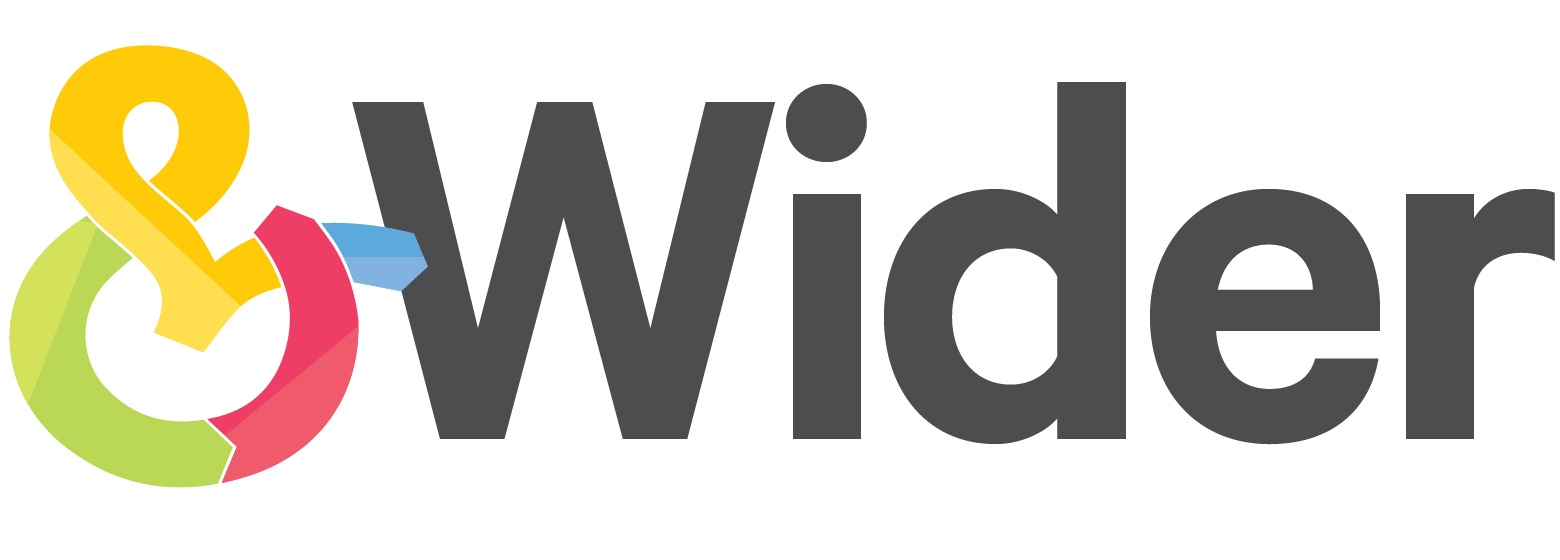Are worker voice tools really about workers’ voices?
In the field of ethical trade, there are multiple stakeholders. But in the conferences, the trade associations and the alliances, we find one stakeholder who is always seemingly under-represented. And this stakeholder is the worker.
Ethical trade concerns itself with the working conditions of workers worldwide, and yet it is painfully seldom that we hear from workers themselves in these fora. The situation resembles the landscape of child rights and child participation. Here too at the time when I was participating in the field (2008 – 2010), children’s voices were not included in the rooms, events and processes that ostensibly focused on better protecting their rights and opportunities to participate. We face this same irony. It is clear that we need to hear the voices of workers.
Within this landscape there are two parties who seem to be particularly concerned about this omission.
Unions
Unions are united in their chorus: modern slavery and labour exploitation can best be challenged by workers themselves in their own settings, if we can better guarantee freedom of association.
No-one can really dispute the validity of this point. There are challenges that apply: weak legal frameworks, minimal or no enforcement, low levels of unionisation in some sectors and geographies. But the point remains strong: enabling workers to speak for themselves requires a platform to which all workers the world over should be entitled - via freedom of association.
Worker voice providers
Worker voice providers on the other hand, wish to enable workers to report directly on their working conditions. This is crucial, given that no-one can dispute that good data on working conditions is, well, absent. Data that tracks change over time for entire sectors and geographies could support our pursuit of better working conditions for workers worldwide. Why? Because we need a diagnostic tool, a tool which can tell us where to direct our attention.
No-one can dispute that good data on working conditions is, well, absent
Why is this so necessary? Because the web of supply chains is immense and the complexity of these webs even more intimidating.
How do worker voice tools work?
Data is gathered directly from workers. Workers are called or texted, and they are given a series of questions to answer. These tools when well-designed can effectively help us to measure key indicators of working conditions and modern slavery. Data generated in response to these questions can provide a crucial baseline for every site, sector or geography and this enables us to measure change over time.
The data generated by these tools can be used to diagnose where the hot spots are, and where further investigation, activity and change is needed. We – i.e. those of us engaged in the process of gathering data directly from workers – generate invaluable diagnostic data on working conditions for clients interested in knowing where to focus their interventions and efforts.
These tools when well-designed can effectively help us to measure key indicators of working conditions and modern slavery
In some cases, we also provide other tools to encourage better communication and collaboration between workers and suppliers about suggestions, productivity and planned changes. We go well beyond compliance to enable workers to report on a wide range of subjects relating to everyday working life and productivity.
But ultimately the focus is placed on producing diagnostics to inform dialogue and change, rather than involving ourselves in the dialogue itself.
This role – providers of diagnostic data on working conditions and beyond – is a significant role to play, and essential given the gaping data gap we face. The next step is the dialogue and engagement that empowers workers to assert any issues, concerns or claims. If we want to improve working conditions workers must be enabled to enter into a dialogue with their employer or union or any other party about issues of their choosing.
The worker voice tools do not provide that dialogue functionality. The tools provide data and no magical remedy for empowering workers or giving them a voice. They don’t ‘do worker voice’, but they can certainly contribute to achieving better worker voice with data. So the problem with worker voice tools is not the tools themselves or the data they generate. It’s what we call them.
The tools provide data and no magical remedy for empowering workers or giving them a voice
So perhaps it is time to abandon the term ‘worker voice tools’ to describe tools or systems or indeed providers that gather data on working conditions from workers. Maybe it is better to refer to worker voice tools as worker reporting tools. Then we are better messaging our most powerful contribution – to transmit the needs and priorities of workers in a given site to the supplier, buyers and unions such that they can then collaborate, initiate dialogue, and drive improvement where workers need it most.
